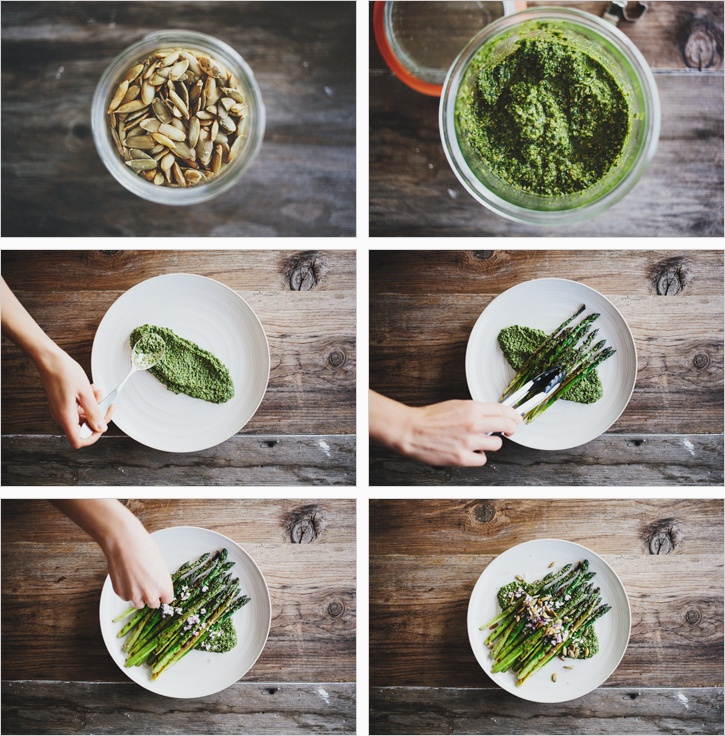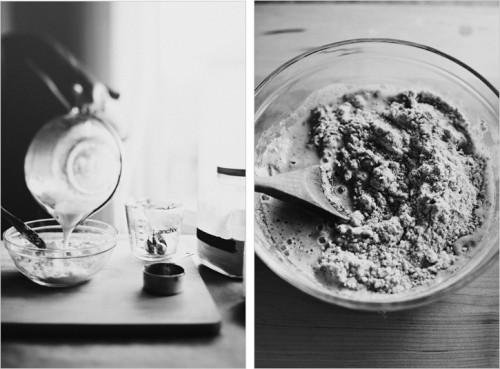
Maybe it’s just my friends, but I think you might agree that your Facebook and Instagram feeds these days have begun showing less and less of the faces you “follow” and more and more of the, well, appetizing ventures they’ve been taken with. Mysterious travel vistas, jokes about slow drivers, late-night images of streetlights or sleeping pets or colorful anime kites–and then there’s the food. My goodness, the food. It seems that we are in the age of the homebred cookbooker. Nebulae of risotto are tagged, uploaded, copied, pinned, and repinned–at home, for dinner, comparable images are taken and posted on Instagram, blue plates askance, broccoli popping.
But here’s where something new happens. Cue Walker Percy. In an age where your friends from afar can see and share the images–and not the flavor–of the potato chip cupcakes you’ve prepared, the essence of cooking has become both a more comprehensive act (your dinner as artistic expression, self-expression, downright ingenuity), as well as an act through which we seek a sweetly effervescent existential validation. And this validation–because we are emotional human beings–soon becomes the m.o. of “The Joy of Cooking.” Hence, the Law of Food Photography, via BuzzFeed (note: the images come from my own Pinterest homepage, sigh):
Celia Muller, author of Cookbook Archaeology, knew that things had gone too far the day she found herself pulling a pot roast out of the oven early one morning, spending an hour photographing it, and then sticking the whole thing back in the fridge with only vague notions of eating it later. “No one wants pot roast at 10 in the morning,” she recalls. “And I knew it probably wouldn’t taste as good later. But I had to cook it then, because that’s when the light was the best.”
Such is the life of a contemporary food blogger. While a quick scan through Pinterest or Tastespotting can leave browsers with the impression that top food bloggers spend their days eating dandelion greens and fancy cupcakes off of artfully mismatched dishes, that careful presentation — and getting those photos in front of your eyes — takes a lot of work, most of which doesn’t have much to do with cooking food that tastes good, or writing a recipe that works. Instead, it’s about cute plates, perfect lighting, photography, and social media networking. In other words, as they say on the internet: It’s about building a brand.
In a way, food blogging has become a prisoner of its own success. In the early days of the internet, people dreamed that online popularity would quickly lead to book deals, robust careers, and offline fame. While that fantasy died a quick death in most corners of the online world, food blogging is going strong: Writers are still snagging book deals based on online presence alone.
But a strong online presence for food bloggers is increasingly based more on the quality of the photos and the website — not necessarily the quality of the food.
[youtube=http://www.youtube.com/watch?v=FPlB3nAGzHs&w=600]

COMMENTS
Leave a Reply













